Home>Technology>Home Entertainment Systems>Which Type Of Art Was Most Influenced By Television And Billboards?
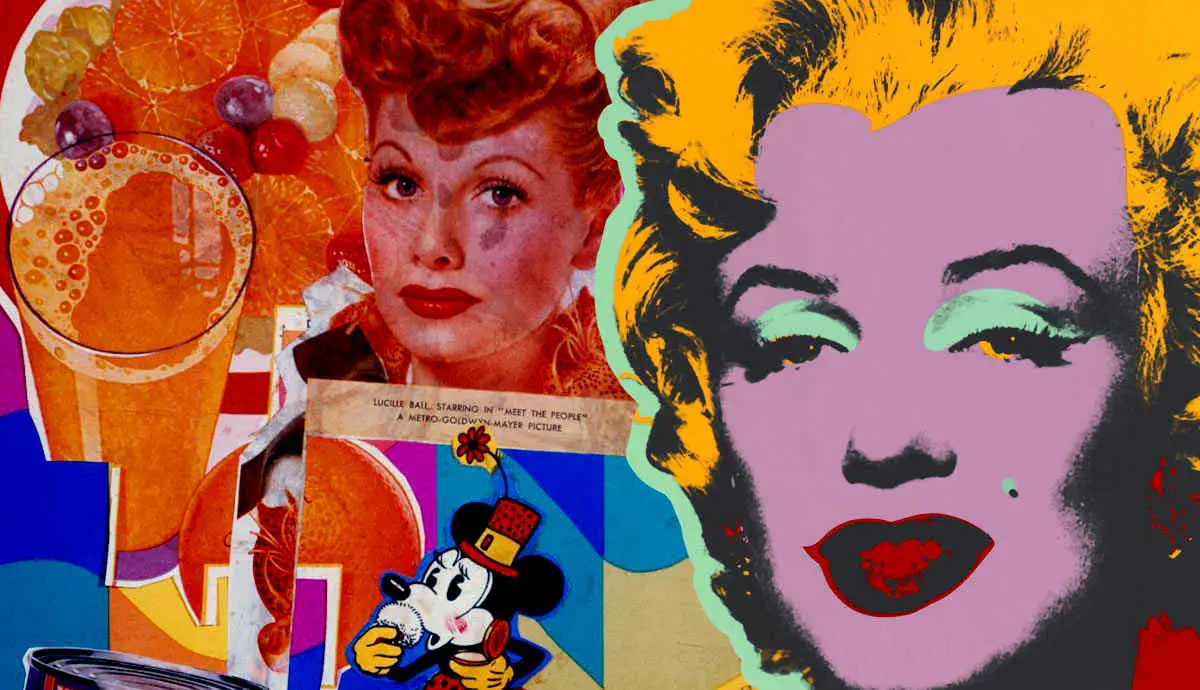

Home Entertainment Systems
Which Type Of Art Was Most Influenced By Television And Billboards?
Published: December 21, 2023
Discover how television and billboards have shaped the evolution of art, particularly in the realm of home entertainment systems. Explore the impact of these mediums on modern artistic expressions.
(Many of the links in this article redirect to a specific reviewed product. Your purchase of these products through affiliate links helps to generate commission for Storables.com, at no extra cost. Learn more)
Introduction
The advent of television and the widespread use of billboards revolutionized the way art was created, consumed, and interpreted. These two mediums had a profound impact on the art world, influencing artists and shaping artistic movements in unique and compelling ways.
In this article, we will explore the immense influence of television and billboards on art, highlighting the distinct characteristics and effects each medium had on artistic expression. We will also compare and contrast the ways in which television and billboards influenced art to understand their respective contributions to the evolution of the art world.
From the mesmerizing narratives brought to life on television screens to the striking images that dominate urban landscapes, the art inspired by television and billboards reflects the rapid changes in society and communicates messages to mass audiences in a powerful and thought-provoking manner.
So, join us as we delve into the captivating world where art and media intersect, and discover how television and billboards have left an indelible mark on the creative landscape.
Key Takeaways:
- Television has revolutionized visual storytelling, inspiring emotionally resonant artworks and increasing public awareness and appreciation for various art forms, shaping the way we perceive and interpret art.
- Billboards have had an immediate and visually impactful influence on art, inspiring artists to think conceptually, challenge societal norms, and create visually dynamic and thought-provoking works that critique consumerism and engage viewers in conversation.
The Influence of Television on Art
Television has been a primary source of entertainment and information for decades, captivating audiences with its audiovisual storytelling capabilities. This medium has greatly influenced the art world, inspiring artists to explore new techniques, subject matters, and narrative structures.
One significant way in which television has influenced art is through its impact on visual storytelling. Television shows and films have introduced audiences to immersive narratives and cinematic techniques, which artists have incorporated into their works. From complex character development to immersive world-building, television storytelling has pushed artists to experiment with different narrative techniques, resulting in the creation of visually stunning and emotionally compelling artworks.
Television has also nurtured a culture of celebrity worship and has given rise to a new wave of pop art. Celebrity figures, popular television shows, and iconic moments have become subject matter for artists, who explore the themes of fame, identity, and consumerism through their artworks. The proliferation of television has enabled artists to tap into the collective imagination and examination of society, creating works that reflect the cultural zeitgeist.
Moreover, the visual aesthetics and designs of television shows have influenced the art world. The set designs, costumes, and cinematography of popular television shows have inspired artists to incorporate similar styles and elements into their artwork. The use of vibrant colors, dynamic compositions, and carefully crafted visual narratives can be attributed, in part, to the influence of television on art.
Additionally, television programs featuring art and artists, such as documentaries and art competitions, have brought art into the mainstream consciousness. These programs have increased public awareness and appreciation for various art forms, leading to the growth of art galleries, exhibitions, and art-related events. The accessibility of art through television has made it more inclusive, allowing individuals from different backgrounds to engage with and appreciate the world of art.
In summary, television has had a profound influence on the art world by shaping visual storytelling techniques, inspiring pop art, influencing visual aesthetics, and increasing the accessibility of art to a wider audience. The fusion of television and art has resulted in a dynamic and diverse artistic landscape, pushing the boundaries of creativity and shaping the way we perceive and interpret art.
The Influence of Billboards on Art
Billboards are an omnipresent part of our urban landscapes, capturing our attention with their larger-than-life images and messages. These towering structures have had a significant influence on the art world, both in terms of visual aesthetics and the exploration of societal themes.
One of the most notable ways in which billboards have influenced art is through their impact on the use of space. With their prominent placement in public areas, billboards demand attention and provoke engagement. Artists have drawn inspiration from these monumental structures, utilizing similar techniques to create artworks that command space and capture the viewer’s attention.
Billboards have also influenced artists to think conceptually and communicate their ideas effectively. Due to the limited space available on a billboard, artists must distill their message into a concise and visually striking image or slogan. This has encouraged artists to experiment with different visual metaphors, symbolism, and powerful rhetoric to convey their intended message in a succinct and impactful manner. The influence of billboards can be seen in artworks that provoke thought, challenge societal norms, and spark conversations.
Furthermore, billboards have inspired artists to explore the themes of consumerism, capitalism, and the manipulation of mass media messages. These themes are often reflected in artworks that critique consumer culture, highlight the power dynamics between corporations and individuals, and question the authenticity of media representations. Billboards, with their inherent associations with advertising and commercialism, have provided artists with a platform to comment on societal issues and challenge conventional narratives.
In addition to the thematic influence, billboards have also influenced the style and techniques used by artists. The use of bold colors, oversized images, and eye-catching typography commonly found in billboards has been embraced by artists seeking to create visually striking and attention-grabbing artwork. The juxtaposition of imagery, the use of negative space, and the incorporation of text have all been borrowed from the language of billboards and adapted to create engaging and thought-provoking artistic compositions.
Overall, billboards have left a lasting impact on the art world by influencing artists to consider space, think conceptually, explore societal themes, and adopt techniques commonly associated with billboards. The convergence of art and advertising has led to the creation of compelling artworks that challenge the viewer’s perception, provoke discussion, and critique the societal norms propagated by mass media.
Pop art was the art movement most influenced by television and billboards. Artists like Andy Warhol and Roy Lichtenstein used imagery from popular culture, including advertisements and television, in their work.
Comparing the Influence of Television and Billboards on Art
While both television and billboards have significantly influenced the art world, there are distinct differences in the ways they have shaped artistic expression and impacted audiences.
Television, with its immersive audiovisual storytelling capabilities, has inspired artists to experiment with narrative techniques, embrace pop culture themes, and incorporate cinematic aesthetics into their works. The influence of television on art lies in its ability to engage audiences on a deep emotional level, conveying complex narratives and exploring a wide range of themes. It has elevated the art of storytelling, creating visually stunning and emotionally resonant artworks.
On the other hand, billboards have a more immediate and visually impactful influence on art. The towering structures demand attention and engage viewers with concise messages and striking imagery. The influence of billboards on art lies in their ability to command public spaces and provoke thought. Artists draw inspiration from billboards to create visually dynamic and conceptually thought-provoking works that challenge societal norms and critique the influence of mass media.
Another difference lies in the accessibility of the two mediums. Television, being a widely available source of entertainment, has made art more inclusive by bringing it into homes across the globe. It has increased public awareness of different art forms, leading to the growth of galleries and art-related events. On the other hand, billboards are more geographically specific, commanding attention in specific urban environments. Their influence on art is often experienced in public spaces, immersing viewers in the artwork and sparking conversations.
Furthermore, the influence of television on art is often seen in the exploration of character development, complex narratives, and the fusion of different artistic mediums. On the other hand, billboards influence art through their impact on visual aesthetics, the use of space, and the exploration of societal themes such as consumerism and the manipulation of mass media messages.
In summary, while both television and billboards have had a profound influence on art, they have done so in distinct ways. Television has inspired artists to create visually stunning and emotionally resonant artworks, exploring complex narratives and embracing pop culture themes. Billboards, on the other hand, have influenced artists to think conceptually, utilize space effectively, and challenge societal norms through visually striking and thought-provoking artworks. The convergence of art and media through these mediums has shaped the way we create, consume, and interpret art.
Conclusion
The influence of television and billboards on art has been significant, shaping artistic expression and captivating audiences in unique ways. Television has revolutionized visual storytelling, inspiring artists to experiment with narrative techniques, embrace pop culture themes, and incorporate cinematic aesthetics into their works. The accessibility of television has made art more inclusive, increasing public awareness and appreciation for various art forms.
On the other hand, billboards have had an immediate and visually impactful influence on art. They command attention in public spaces, provoking thought and challenging societal norms. Artists draw inspiration from billboards to create visually dynamic and conceptually thought-provoking works that critique consumerism, explore themes of manipulation, and engage viewers in conversation.
While television and billboards differ in their influence on art, they both contribute to the rich tapestry of artistic expression. Television inspires emotionally resonant works of art that embody the power of storytelling and reflect the cultural zeitgeist. Billboards, on the other hand, encourage artists to think conceptually, utilize space effectively, and challenge societal narratives through visually striking and thought-provoking artworks.
The convergence of art and media through television and billboards has broadened the creative landscape, pushing the boundaries of artistic expression and shaping the way we perceive and interpret art. The fusion of visual aesthetics, narrative techniques, and societal commentary has resulted in an art world that captivates audiences, sparks conversations, and reflects the ever-evolving nature of our society.
In conclusion, the influence of television and billboards on art cannot be overstated. They have influenced artists to create compelling and visually stunning works, inspired the exploration of societal themes, and increased accessibility to the world of art. The convergence of art and media through these mediums has enriched our cultural experience, leaving an indelible mark on the creative landscape.
Frequently Asked Questions about Which Type Of Art Was Most Influenced By Television And Billboards?
Was this page helpful?
At Storables.com, we guarantee accurate and reliable information. Our content, validated by Expert Board Contributors, is crafted following stringent Editorial Policies. We're committed to providing you with well-researched, expert-backed insights for all your informational needs.

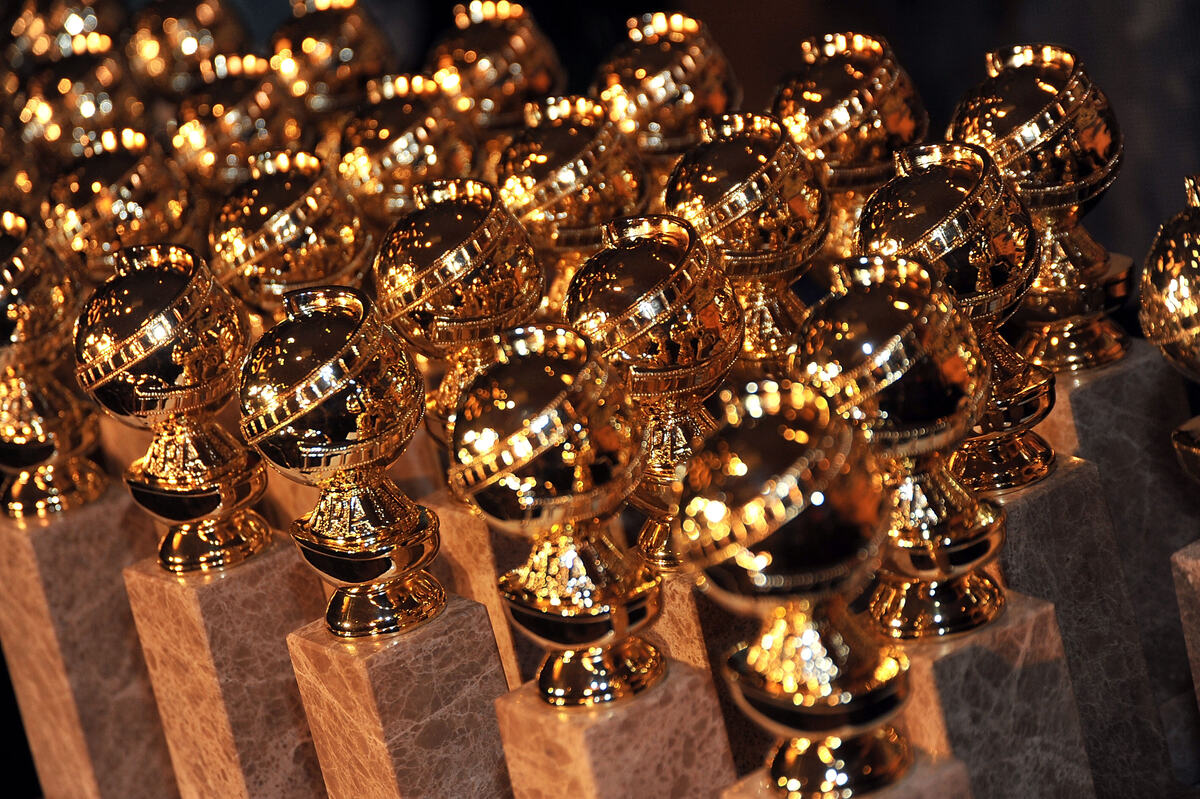
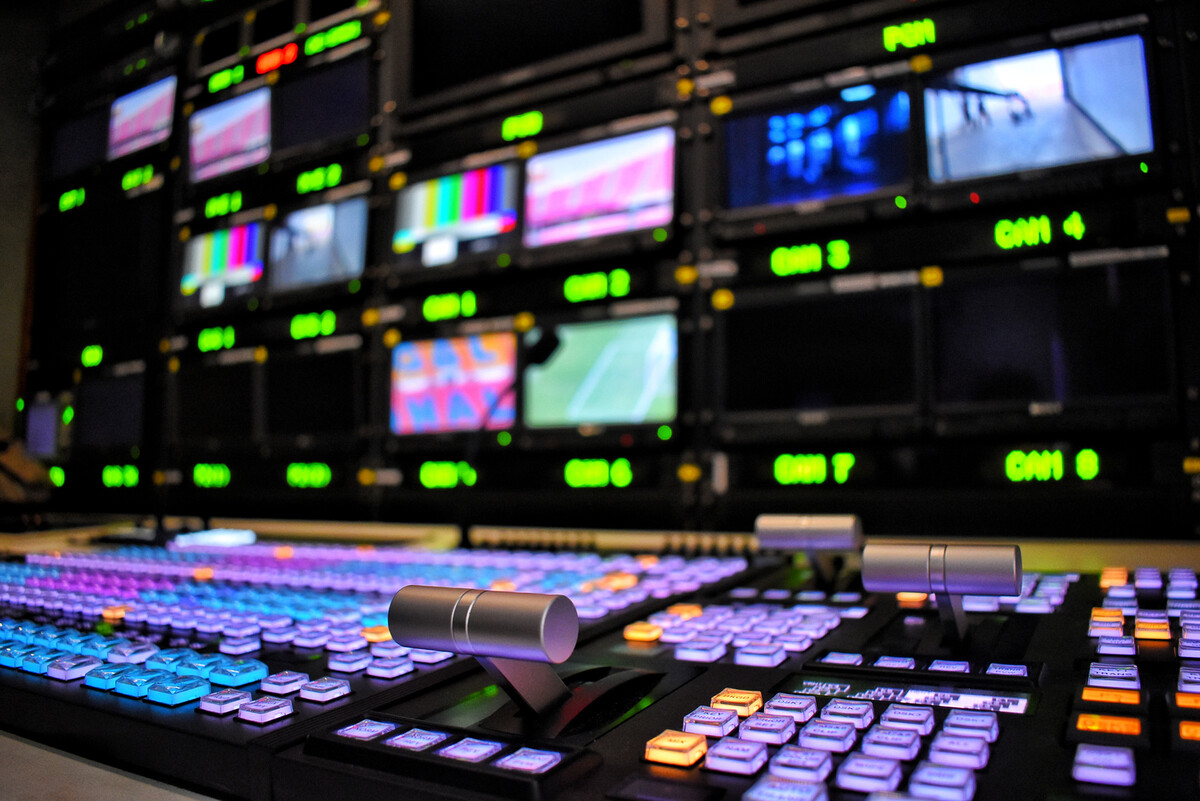
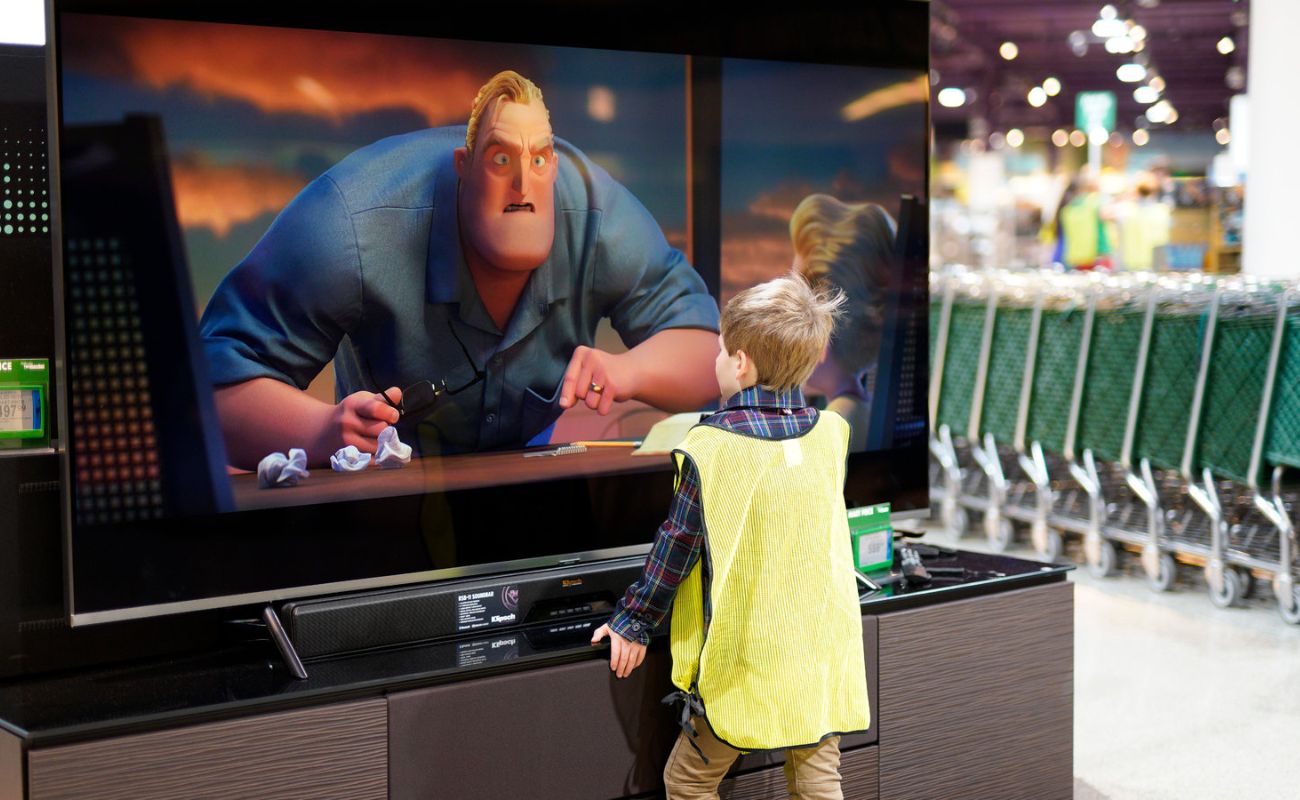


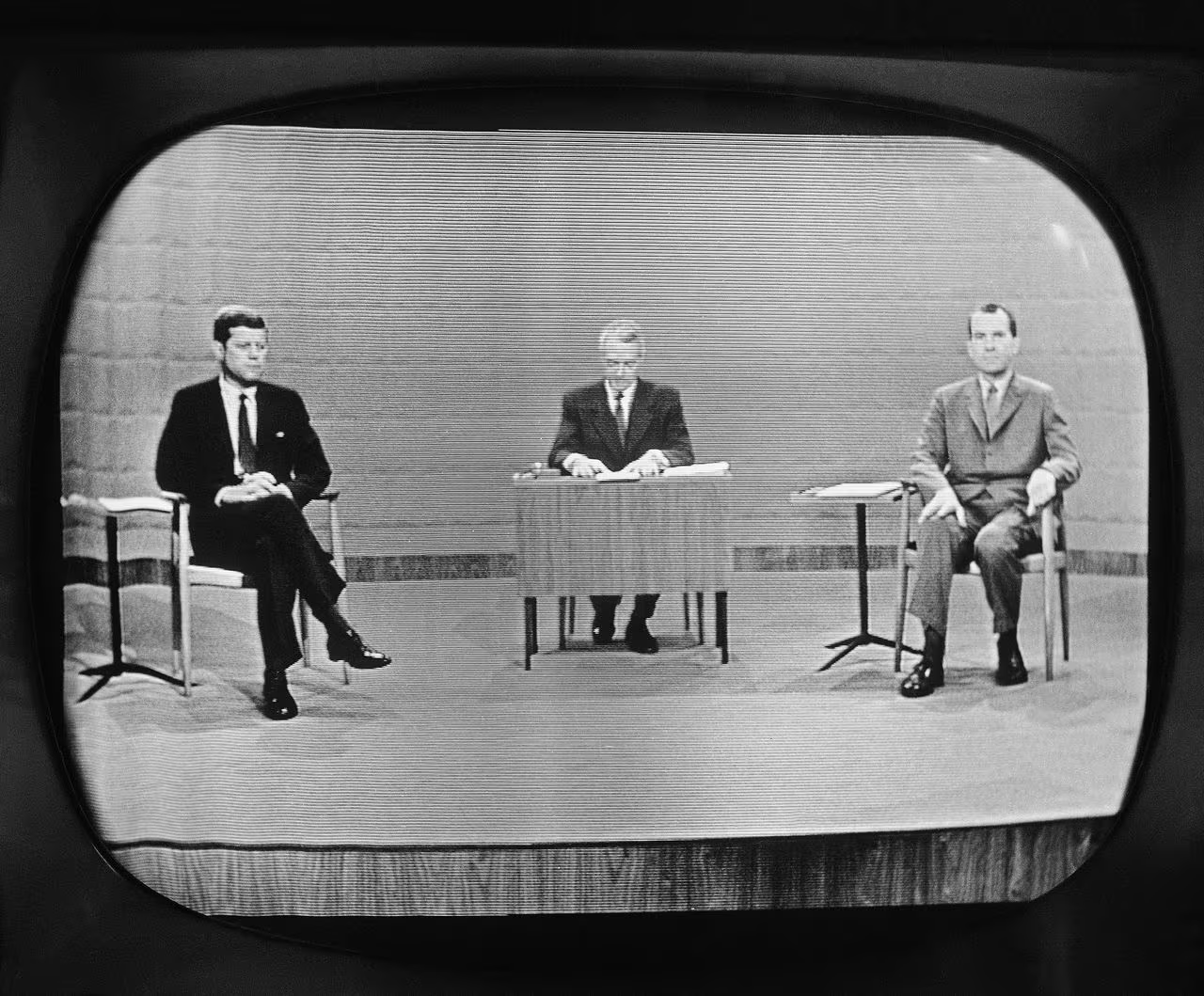









0 thoughts on “Which Type Of Art Was Most Influenced By Television And Billboards?”